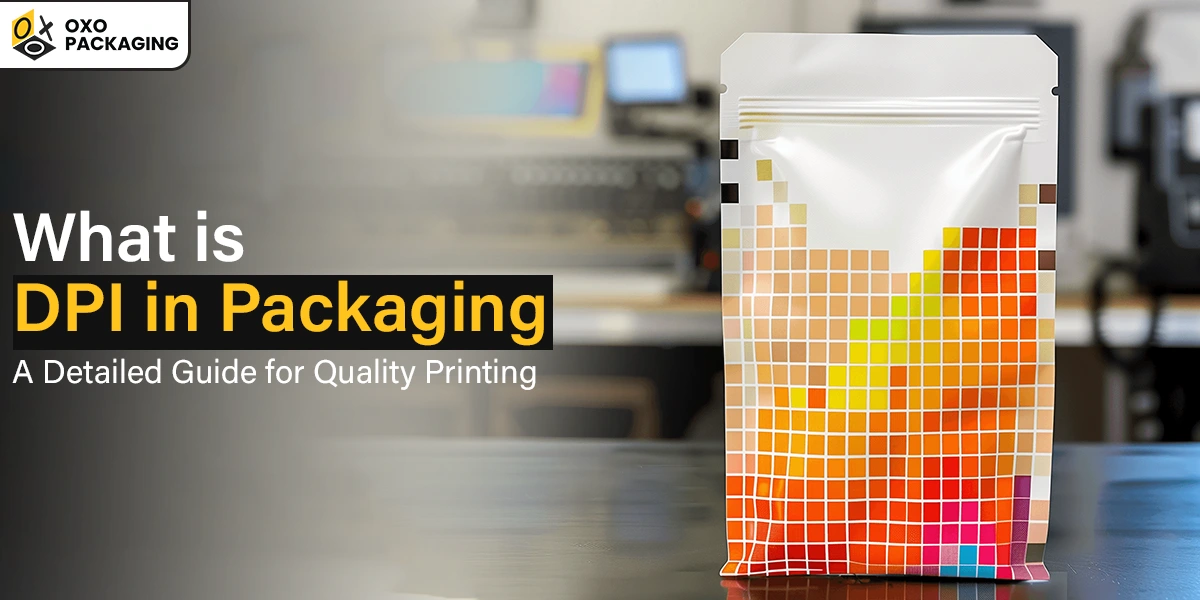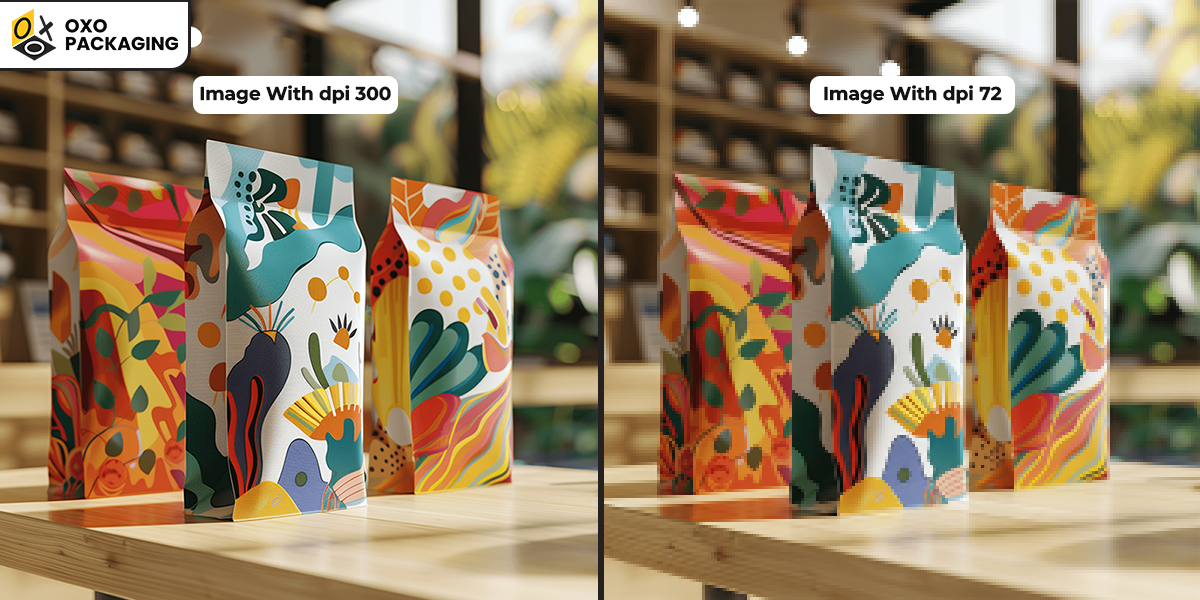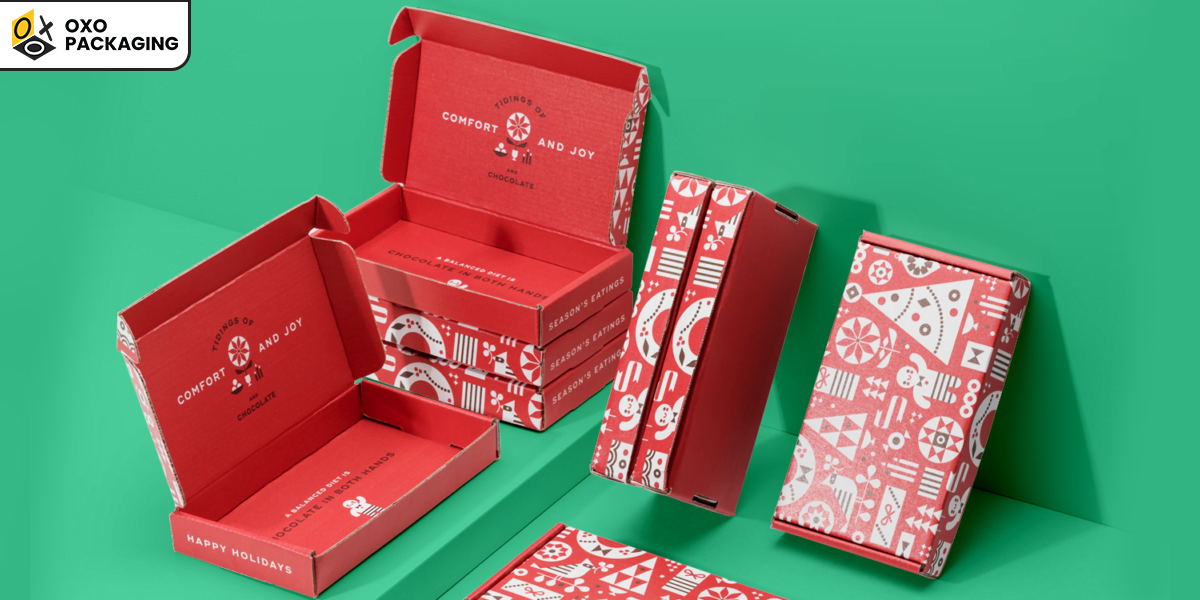What is DPI in Packaging? A Detailed Guide for Quality Printing
Salman Shahid 2025-07-09 13:00:36

Getting the perfect prints for the packaging boxes is a dream of every brand. There can be instances where the images look fine, but when they are printed on the boxes, they are not what the brand expected. This is why it is important for every brand to know about DPI and DPI packaging before they send the images to the packaging manufacturer. Read on to learn how you can ensure the quality printing for your packaging boxes and bags.
What is DPI?
DPI is a term that is used to refer to Dots Per Inch, and it is used to measure the resolution of an image. The number of ink droplets that your printer will make per inch is DPI. The higher the DPI is, the clearer the image resolution is. However, there are certain limitations that can arise with the higher resolution. Keeping the right DPI in mind is important when you are designing the packaging boxes for your products.
DPI vs PPI
Another term that is used in the design industry is PPI. It is an abbreviated form of Pixels Per Image and is mostly used for digital images on a screen. The PPI is used for measuring the resolution of images on the web, whereas the DPI is used to measure the image resolution on paper. The higher the PPI is, the smaller the pixels are to create a sharper image for viewers to appreciate. A lower PPI means the pixels are larger in size and do not have clarity or sharpness.
How to Determine Which DPI to Use?

Choosing the DPI depends on the type of image and the print surface you will be using. Most brands use a lower resolution for hang tags, brochures, mini-posters, and customized stickers. When packing high-end products, you can choose the DPI of 300 or more to get a clear print.
Minimalistic designs can have a DPI less than 300. Digital artwork, when printed, needs a better DPI, and that is why you should choose a higher resolution. Shipping labels often require a 203 DPI to give a good enough image resolution.
Standards to Follow with DPI Packaging

Most brands use 300 DPI packaging resolution for the prints. The reason for choosing this number lies in its ability to print a clear, sharp, and beautiful image. You can go as low as 150 DPI, but it will not have a very good impression on the customers.
When you are packing limited-edition products in rigid boxes, it is important for your brand to choose a 300 DPI or a higher resolution if the printer can support it. DPI printer definition in simple terms is the same as that of the DPI. The printer type decides how fine the image will be.
Custom packaging requires brands to produce top-notch designs and colors to grab customers’ attention. This is why it is important to do your research about the DPI before you send the final design to the manufacturer.
Factors Influencing Printing Quality
Now that you know that by definition dpi means Dots Per Inch, it’s time to see what some factors are that can influence the printing quality of your custom boxes. Whether you are in need of bakery boxes or you need a bulk shipment for the apparel boxes, you must know these factors to get the best quality.
Ink & Paper Quality
After you have designed your images, you need to ensure a few things regarding the ink and the paper. Every printer has a different capacity, and this is the reason that images are different when printed from different printers. You must keep in mind the quality of the paper or the box and even the ink when selecting the images.
Size
The size of the surface on which your design will be printed affects the quality of the print. When you are in need of a smaller product, you can do well with any DPI between 150 to 300. However, when you need something that is large in size, for instance, a poster, you need more resolution than 300 DPI. Consult a professional when choosing minimalist designs for your boxes to see which DPI is better.
Viewing Distance
The further you are from the image, the fewer details you need to see. This is why each type of product has a different DPI resolution. In the case of packaging boxes, you need a good resolution because customers will be picking them up and analyzing them. They must be able to read the fine print on the packaging.
Why 300 DPI is Considered Good?
For most of the images that are printed on the boxes, 300 DPI is considered a good resolution. There is a reason that usually brands do not go above that. However, some images are printed with a 600 DPI for even better results.
Matches the Human Eye
The reason for 300 DPI being the optimum resolution is that it is generally the limit of the average human eye. This does not mean the higher resolution is not a smart choice, as some people can distinguish higher resolutions.
File Handling
Resolutions higher than 300 DPI need more storage space and more time for processing. This can be a consuming thing when you are running a giant business, and it can hinder production at some point. This is why most brands, no matter how giant their names are, stick with the 300 DPI because it does give a crisp and rich look.
Choose the Perfect DPI to Get High-Quality Prints

Choosing the right resolution for the product boxes is necessary when it comes to retaining and attracting more customers. Customers love aesthetically pleasing boxes, and it is only possible when you know the right resolution for the images. And if coming up with the right design is a difficult thing, let OXO Packaging know, and we can help you with free design support. Contact us today for a custom quote.
DPI in packaging stands for Dots Per Inch, and it is used to measure the image quality when printed on surfaces such as boxes, hang tags, stickers, and cards.
Usually, brands use 300 DPI as it offers a great and sharp image quality. However, some brands choose 600 DPI as it offers better resolution.
The DPI depends on the printing type, paper quality, and the surface you are printing the image. For brochures and stickers, 150 DPI is great. However, for product boxes, you should choose 300 DPI.



